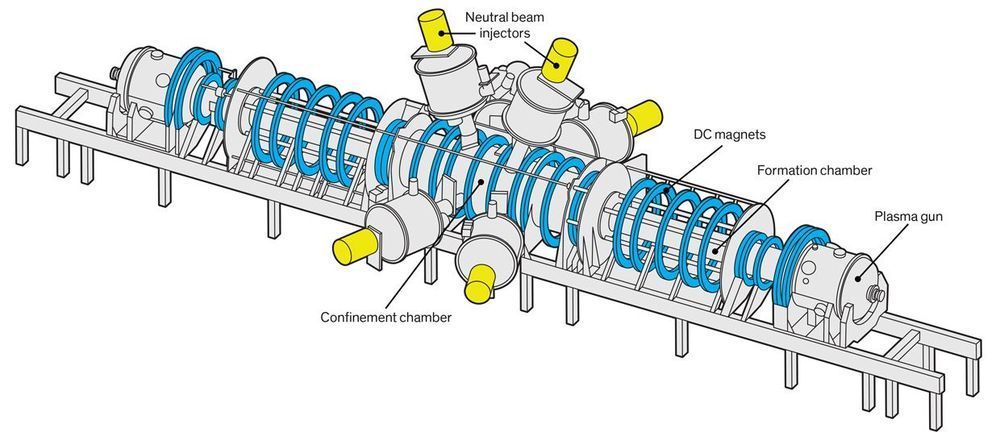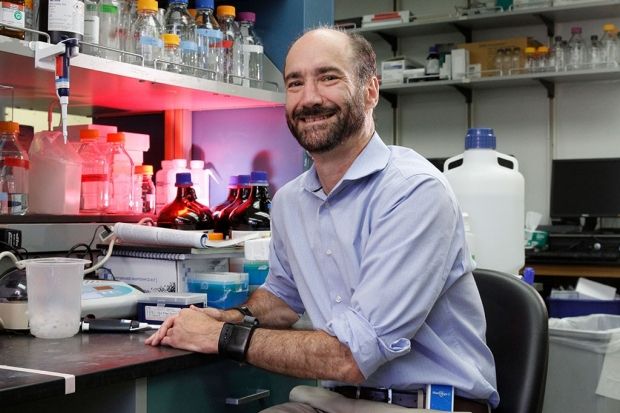Jan 28, 2020
Moss-growing concrete absorbs CO2, insulates and is also a vertical garden
Posted by Omuterema Akhahenda in categories: biological, climatology, sustainability
Buildings with this concrete can—in regions with a calm mediterranean climate—absorb CO2 and release oxygen with micro-algae and the other “pigmented microorganisms” that coat it. These vertical gardens boast aesthetic appeal, but the biological concrete’s beauty also lies in its clever design.
The concrete works in layers. The top layer absorbs and stores rainwater and grows the microorganisms underneath. A final layer of the concrete repels water to keep the internal structure safe. The top can also absorb solar radiation, which insulates the building and regulates temperatures for the people inside.


















